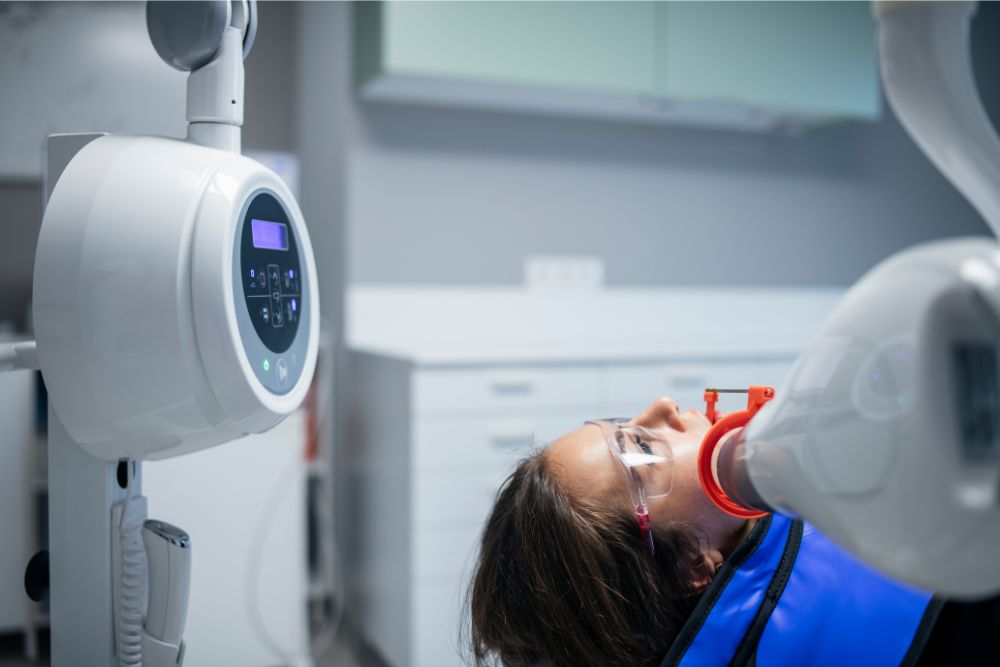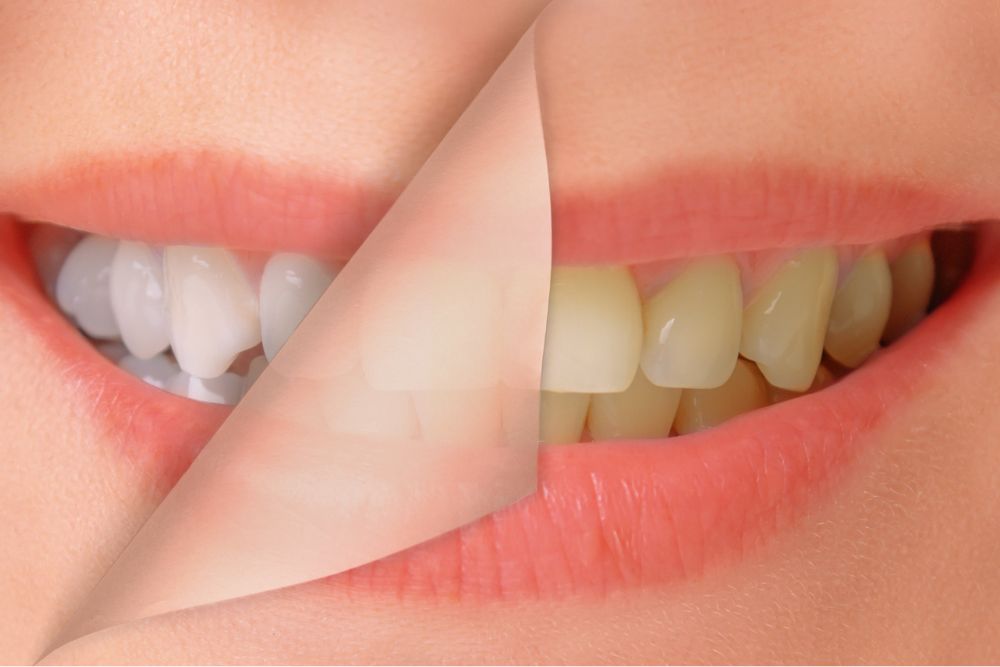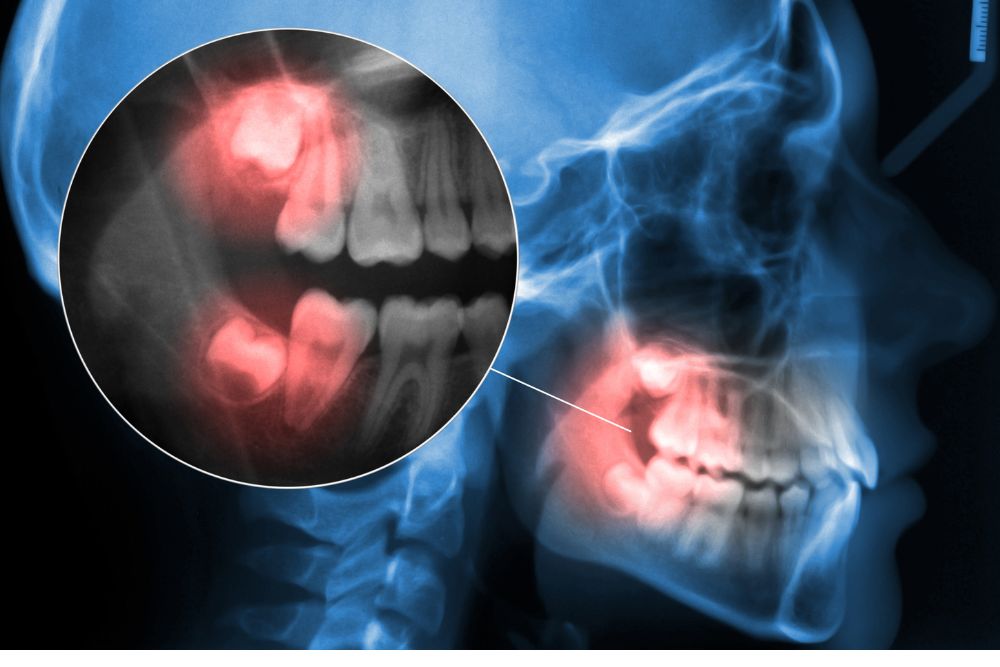Dental x-rays are a common yet vital tool in modern dentistry, essential for diagnosing various dental issues such as cavities and tooth decay. While the thought of x-rays might be intimidating, they are as routine and necessary as teeth cleaning. At Ararat Dental, we prioritize making this process as safe and comfortable as possible.
Understanding Different Types of Dental X-Rays
Dental x-rays play a crucial role in identifying problems that are not visible to the naked eye, particularly in emergency dental situations. They help detect issues such as decay, abscesses, bone loss due to gum disease, and tumors. Additionally, x-rays provide essential information for procedures like braces, dentures, and tooth implants.

The primary types of dental x-rays include:
- Intraoral X-Rays: The most frequently used type, intraoral x-rays offer detailed images of teeth, supporting bones, roots, and gums. Placed inside the mouth, these x-rays are primarily used to detect tooth decay between teeth and changes in bone density due to gum disease.
- Extraoral X-Rays: These x-rays provide a broader view of the dental structures, including the skull and jaw. They are often used to examine the relationship between teeth and jaw and to assess surrounding joints and bones, especially in orthodontic treatments.
- Cone-Beam Computed Tomography (CBCT): A newer technology in dentistry, CBCT offers highly detailed, three-dimensional images of teeth and jaws. While beneficial for complex treatments, CBCT should be used judiciously due to its higher radiation dosage.
Assessing the Risks of Dental X-Rays
Awareness of the potential risks associated with dental x-rays is important. Modern advancements have made these procedures significantly safer, with dental x-rays typically exposing patients to about 0.005 mSv (millisievert) of radiation. To put this into perspective, Public Health England estimates that the average person in the UK is exposed to about 2.7 mSv of radiation annually. Comparatively, a chest x-ray exposes a patient to 0.014 mSv, a transatlantic flight to 0.08 mSv, and a chest CT scan to 6.6 mSv.

Strategies for Minimizing Radiation Exposure
Several steps can be taken to minimize radiation exposure from dental x-rays. Utilizing advanced, efficient equipment enhances safety significantly. Additionally, taking the minimum number of necessary images and using the lowest possible radiation settings are effective strategies. Choosing a professional and experienced dental practitioner is crucial to ensuring minimal radiation exposure.
Why Choose Ararat Dental?
For those seeking superior dental care with a focus on safety and comfort, Ararat Dental stands out as an excellent choice. Our clinic is renowned for its commitment to excellence and has a proven track record in the dental field.







